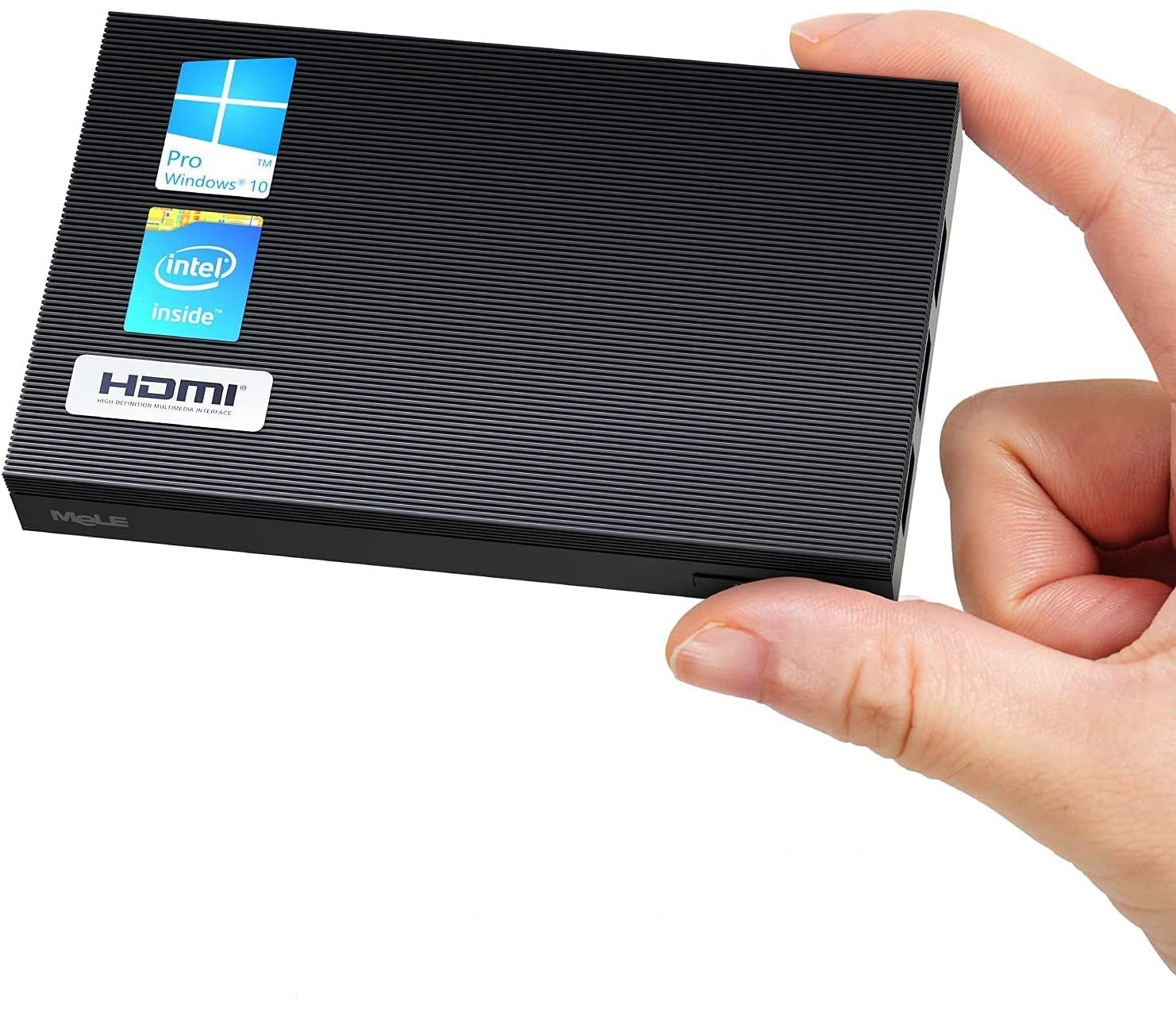
Mini PC, also known as mini-computers or mid-range computers, is a type of computer that has most of the features and capabilities of a large computer but is smaller in physical size.
How does a mini PC work?
A mini PC has a central processing unit (CPU) and memory, so a mini PC works just like a personal computer. The processor executes the instruction by retrieving it from memory, using the ALU to operate, and then storing the result in memory.
How a mini PC is arranged
- Processor. Mini PC typically uses ARM-based processors because they are small and energy-efficient.
- Memory. There are two types of memory: read-only (ROM) and random access memory (RAM). The ROM cannot be changed, while the RAM can be reassigned.
- Storage. The mini PC uses flash memory to store information.
- Operating System. A platform for running other programs.
- Computer ports. Ability to connect to other devices: monitor, keyboard, etc. It can have USB or HDMI, RCA video output, audio jack.
What is not in the mini PC
- Cooling system. Mini PC does not have a fan but emits heat. However, you can always add a fan to your mini-PC.
- Real-time clock (RTC). RTC is a timing device that continues to operate even after the shutdown. But the mini-PC does not have a battery. Because the RTC is battery-powered, it is not included due to limited space.
- Physical interface. No display, keyboard, or mouse. But some mini PCs support Bluetooth. If not, you can always connect via USB ports.
Advantages of a mini PC
- Size. Due to its small size, it is portable and light, it can be easily hidden.
- Cost. Compared to a desktop computer or laptop, the cost of a mini-computer is much more cost-effective.
- Energy efficiency. Mini PCs have very low power consumption.
- Versatility. Ability to change details inside the mini-PC. Ability to choose a monitor.



















